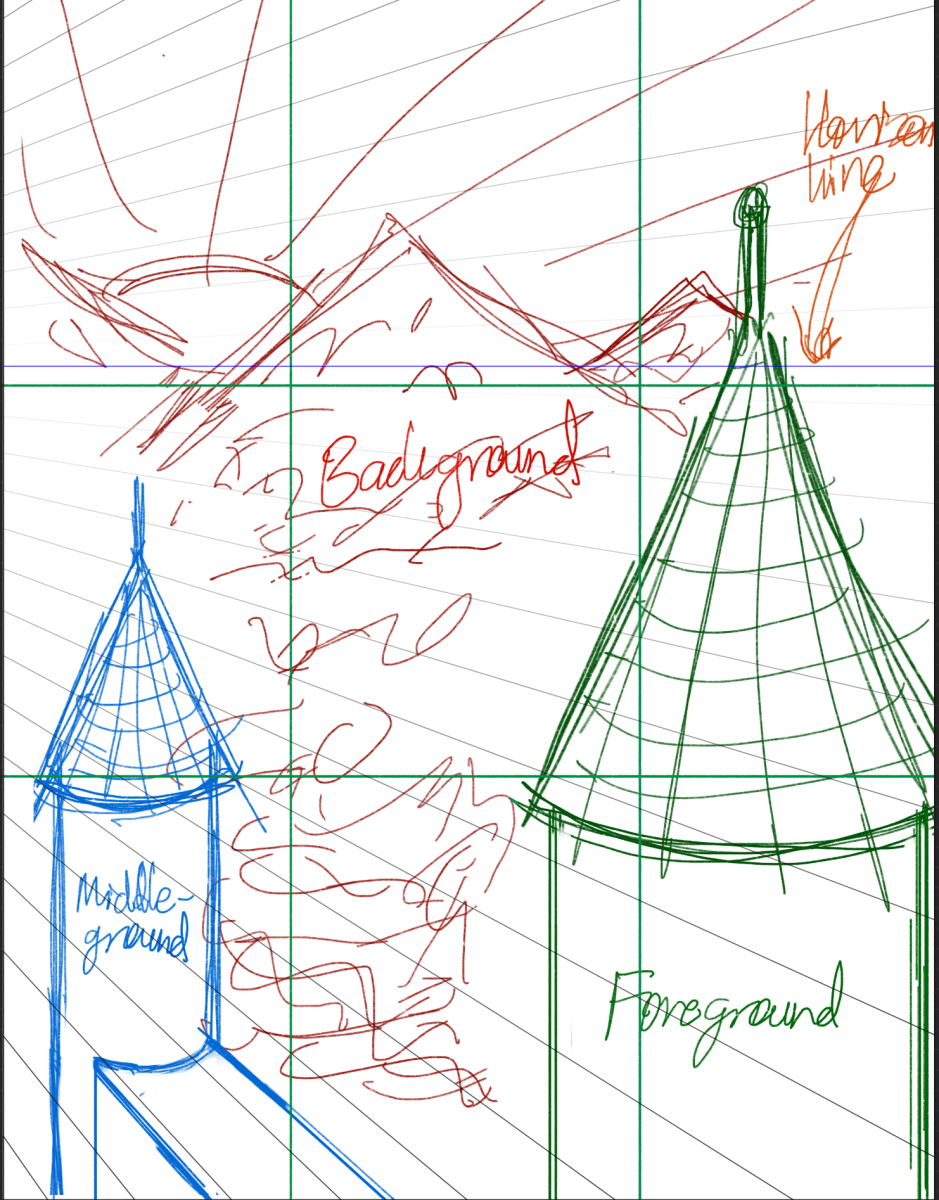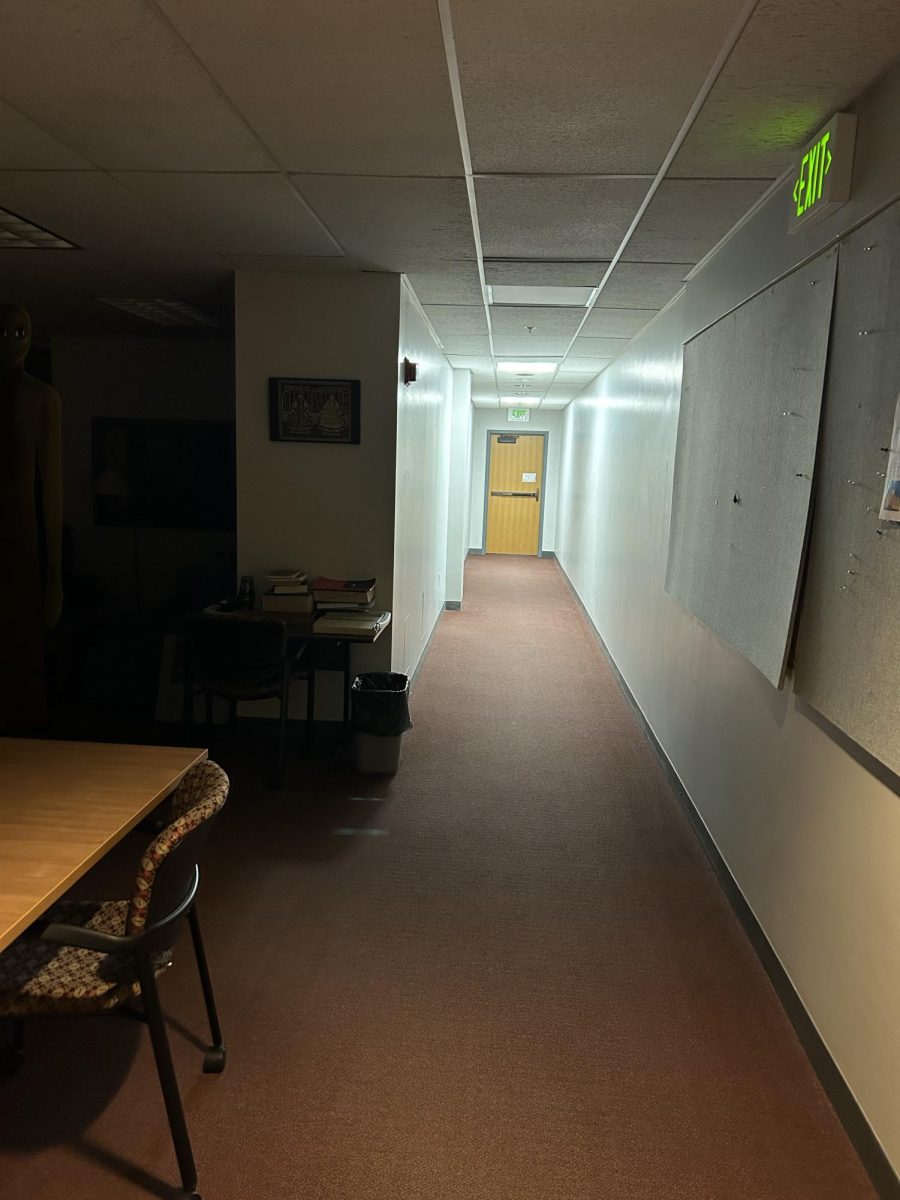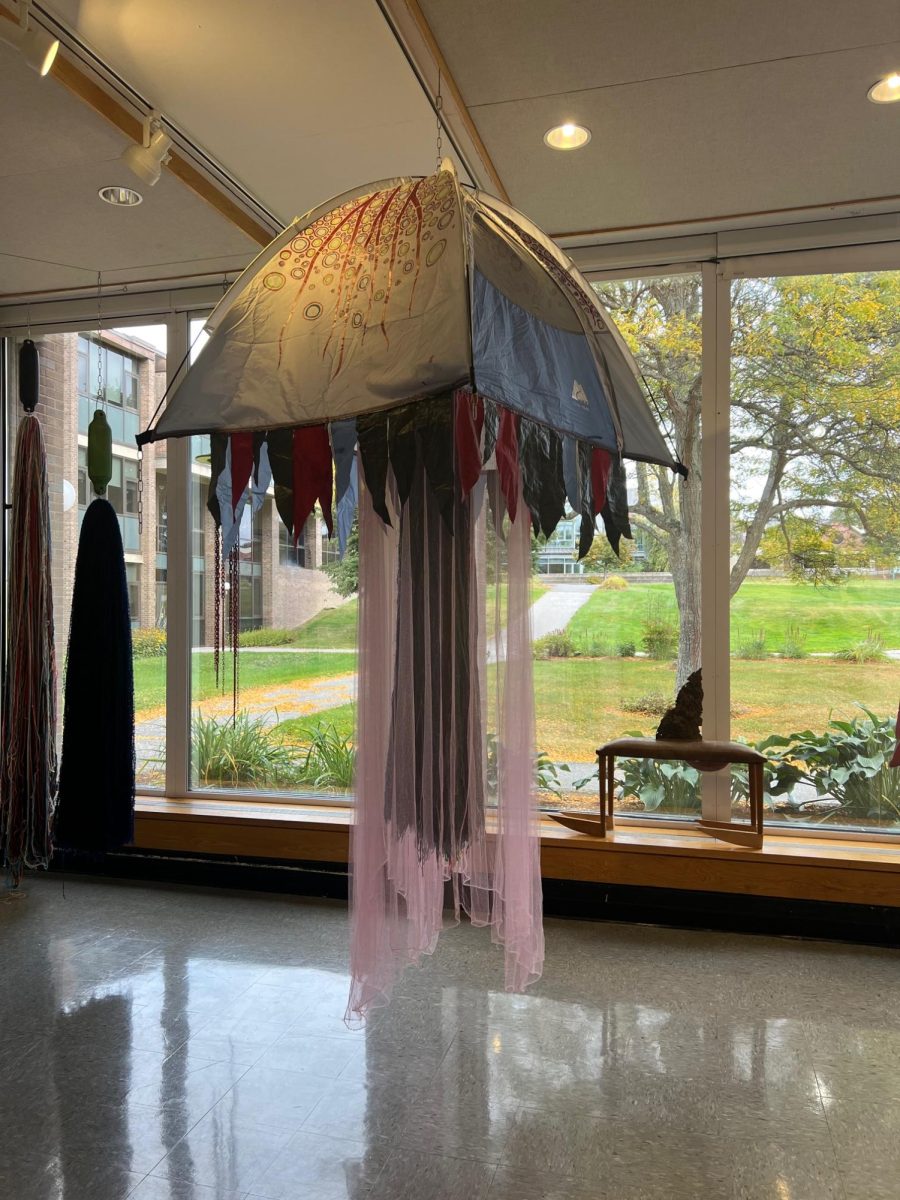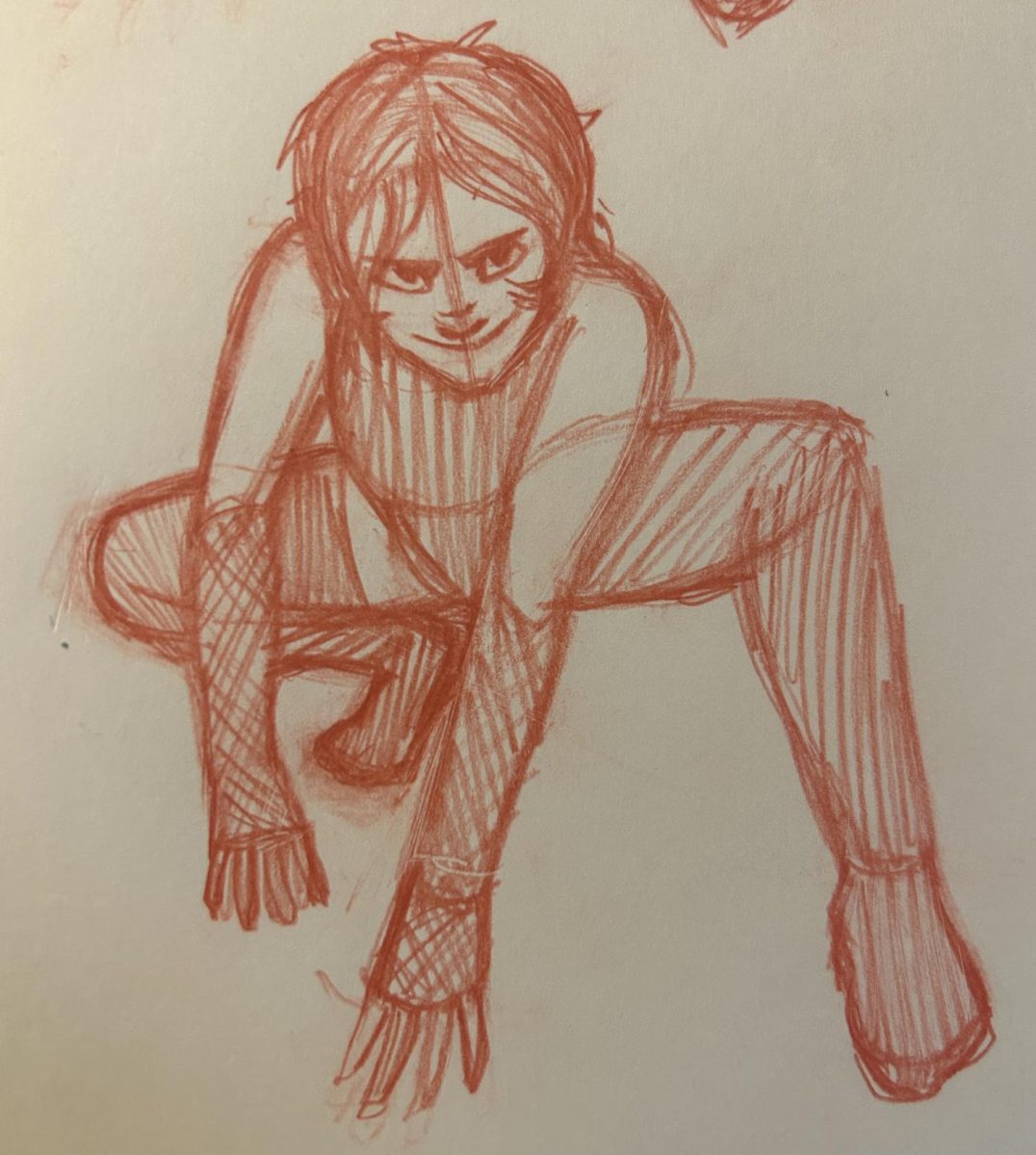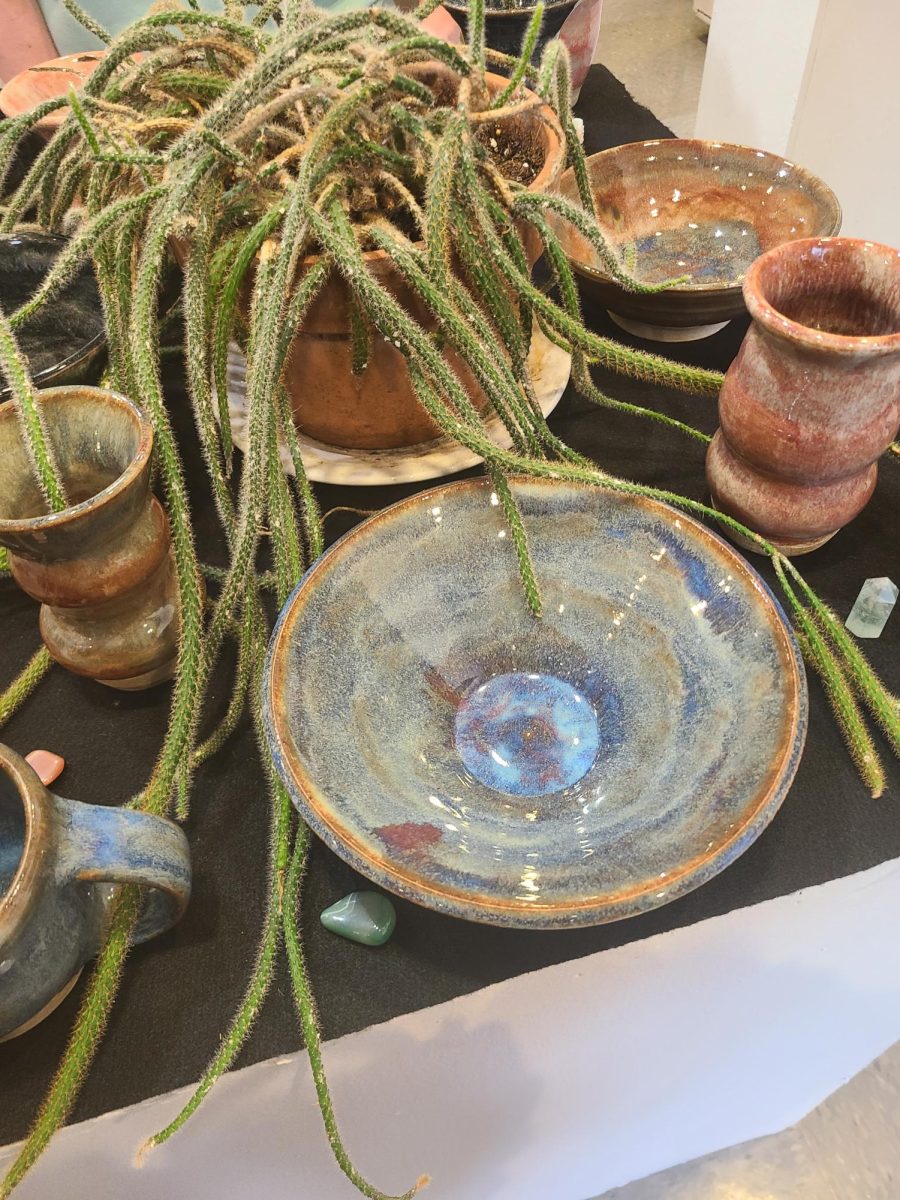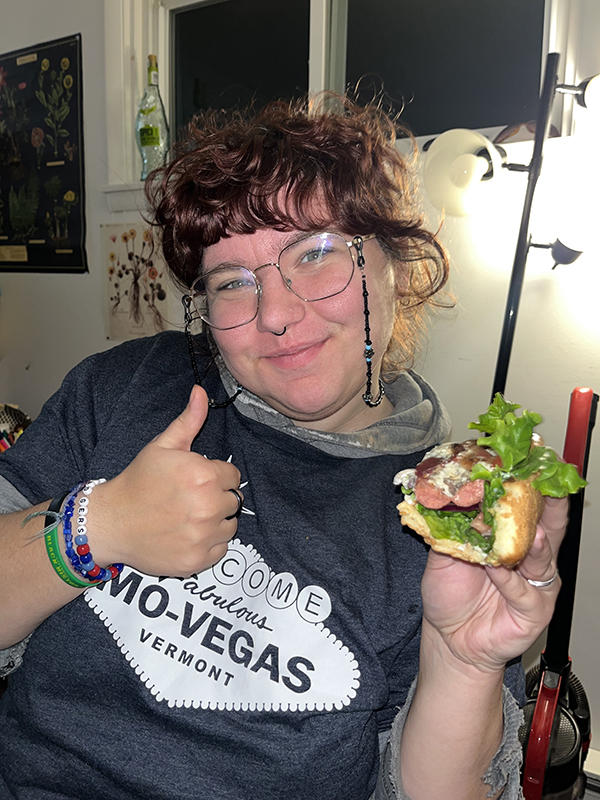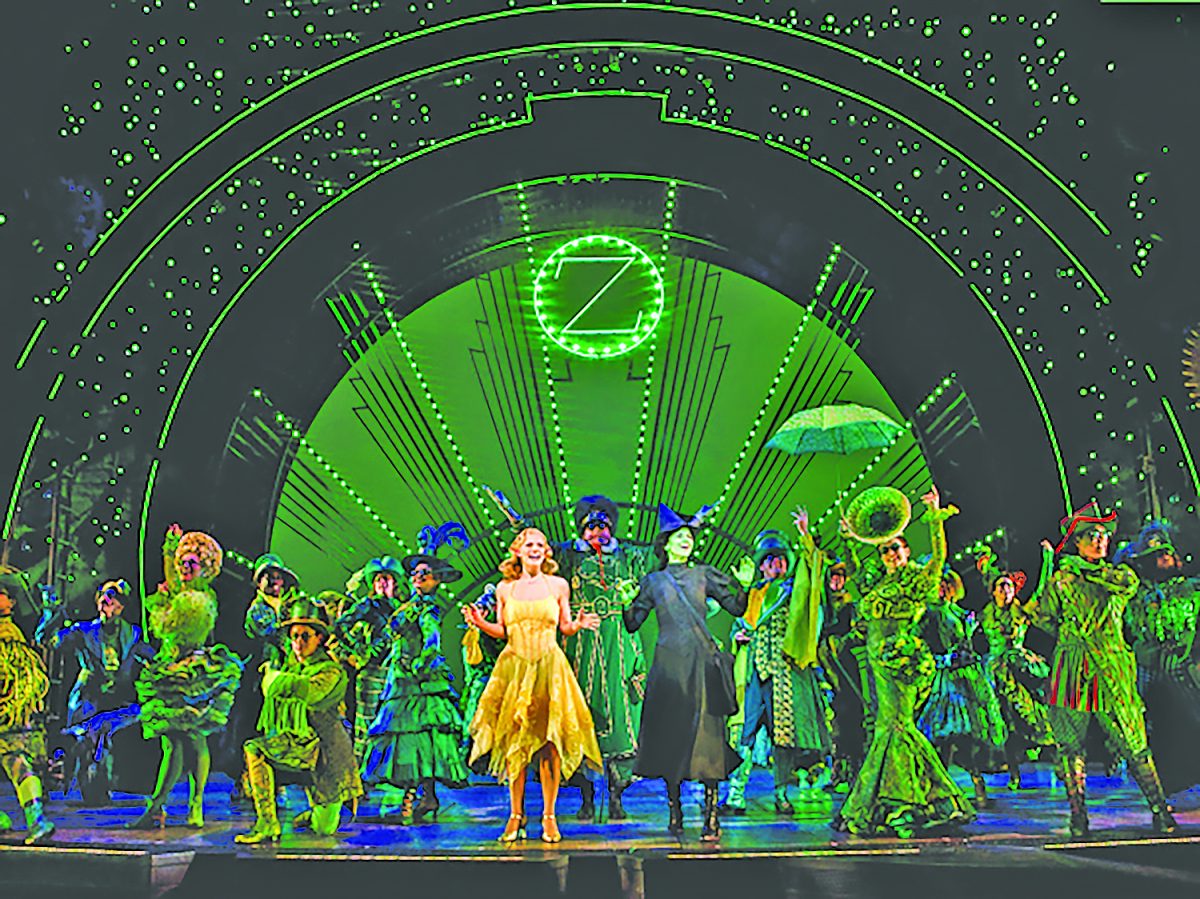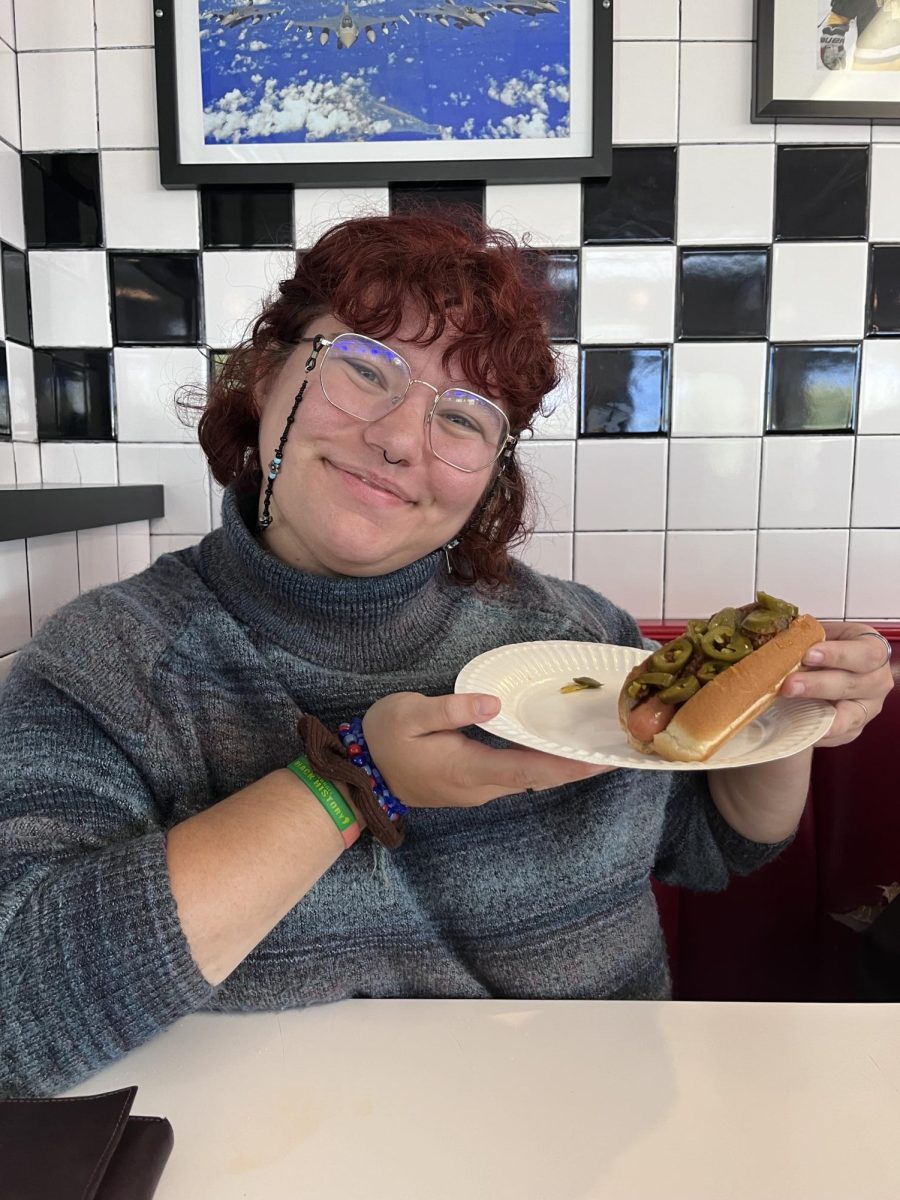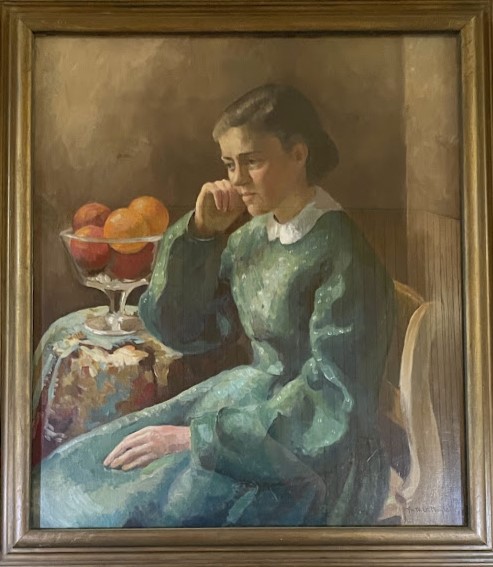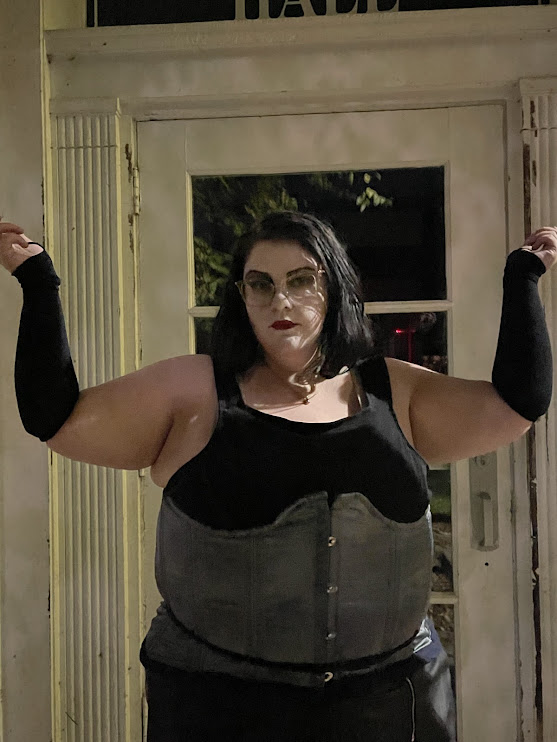Black, white, gold, red: colors stand out bold and bright. The artwork is powerfully personal. It announces, “This is who I am. Take a look.” But what else can be expected from a creation of JSC Fine and Performing Arts professor Susan Calza?
On March 16, the Julian Scott Gallery opened a mixed media and installation showcase into the exploration of loss experienced by Calza during her travels to New York, New Delhi, Katmandu, Istanbul and Halifax.
“All of the work in this room is a response to the intimacy, the openness and the transparency of the people I met. These are all different parts, elements of loss,” Calza said. “All art comes from loss. Why would you make up your own little world if the one you’re in is just right? Loss is inevitable in life, its impermanence. I don’t think the impulse to create comes from anything else but loss.”
All of the work done in the exhibition is done with Calza’s left hand. She is right-handed. Also, she took off her glasses. “I wanted to re-train my brain or experience something new. I didn’t want to go on the expert’s mind. So I allowed myself to be vulnerable enough to figure out how to use the other side of my brain, to be awkward. I took off my glasses so I couldn’t see. That way I could feel my way through.”
Calza creates art to make sense of her emotional world. “Sometimes I look at something and it touches my heart in a way. It’s all about communication; art for me has always been my first language. The visual, the tactile, it’s how I perceive the world. In some ways I would even say it was my religion. Art is how I interpret the world, how I see it in metaphor. There is a lot of rage in here. There is a lot of sadness. There is a lot of playfulness and joy. It is all over the place.”
Spending two months in New York on sabbatical, Calza lived in Chelsea, the center of the art community, close to the fashion district, which influenced her work. “New York is New York and it is pretty intense,” she said. “In New York there is a lot of garbage on the streets. A lot of this stuff is made out of junk that I would find on the street. I would be dragging it home. I spent a lot of time walking around the neighborhoods and coming back and making art and making friends.”
One piece that she really enjoyed making was created with yarn. “I was taking the train home and I wanted something to do,” said Calza, “so I started crocheting this ball. I wanted it big and I asked my husband Mark, ‘Is this big?’ He said, ‘No, it’s medium.’ So I named the work ‘Happy Medium.’”
Traveling in India was really tough. “The poverty is just intense, but people are people,” Calza said. “A lot of this work culturally, it is so, so different, it just opens you up, traveling just opens you up. It knocks away all of your defensives and leaves you completely vulnerable and it’s wonderful and it’s difficult. I re-experienced my sense of connectedness to humanity.”
A lot of the artwork Calza creates is in response to different situations. One piece is about soap. As she traveled, she collected different soap from different places. “I learned that if people in India would just wash their hands there would be less cholera, less infection, less death,” she said.
Her travels took her to Katmandu in Nepal. “As the plane was landing I saw these incredible smokestacks and I knew I had to stay there. They were brick factories. I ended up staying in Nepal for two months.” She visited many temples and attended a typical Hindu ritual of sacrificing animals. “In Nepal, death and life are really close,” she said. “It’s all about life. It’s all about death. Spend a few months in a culture like that and you’re deeply, deeply moved.”
She recalls another inspiration that happened near Halifax, Canada. “My sister, my husband and I were sitting on the beach and my husband asked, ‘What’s that in the water?’ This body was floating to shore.”
Calza waded out to bring the man’s body to shore, by hooking the belt loop of his swim trunks with her finger she brought him to shore. She felt completely aware of every moment and felt protective of him until the police could come.
While cleaning at home later, she found an old piece of foam. She was reminded of pulling someone out of the water. Another aspect of the piece, a net she had created earlier in New York, became a symbol of the fragile net of life.
She looks for a positive reaction from the public to her art, but also she wants something more.
“Of course I want them to like it,” she said. “I would like it if they would think about it a day after they see it or a week after they see it and then maybe a year after they see it. They may not remember it but what I am dealing with is what we all deal with. If only I can make someone see part of themselves, especially in this culture. We don’t want to be sad. Just allowing ourselves to feel what we feel is huge. This is the human condition. We are vulnerable. There are no rules here. It’s all about impermanence.”
The show will run until March 30.
Another concurrent installation by Calza, “Objects of Analysis,” which incorporates orange neon lighting, is located in the Black Box Gallery at the Visual Arts Center.


